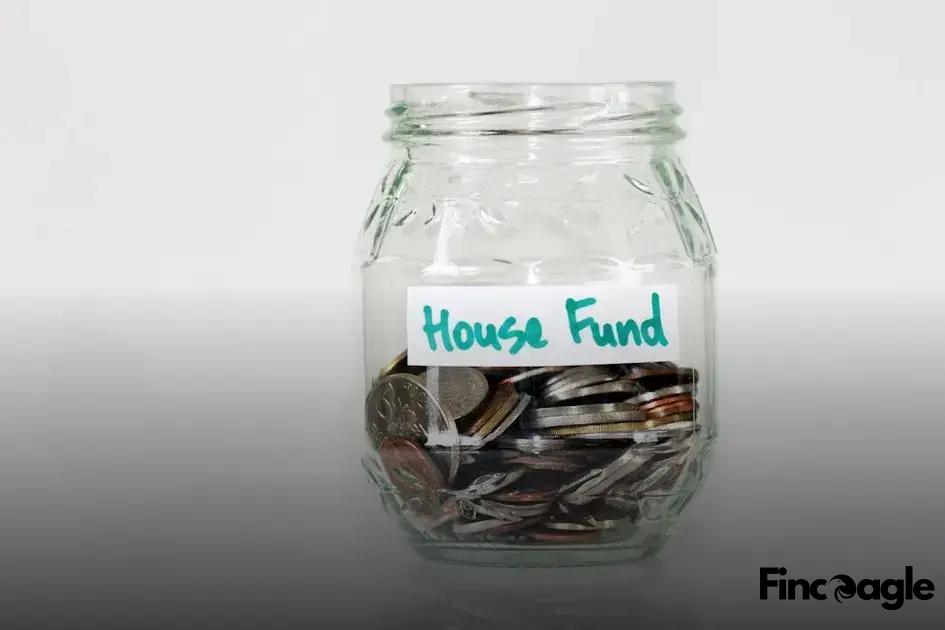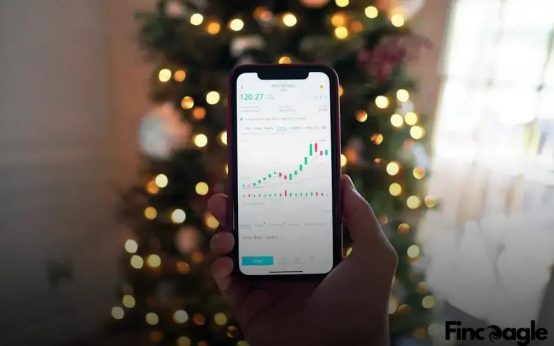Struggling with debt can feel overwhelming, but understanding how to pay off debt faster can significantly ease your financial burden. In this post, we unveil proven strategies to accelerate debt repayment. From implementing effective budgeting techniques to exploring income boosts, we cover it all. Learn which debt strategy suits you best and take control of your financial future.
Create a Budget That Works
To effectively tackle your debts, it’s crucial to create a budget that works. A well-crafted budget ensures you’re allocating funds towards your debt payments consistently. First, list your income sources to determine your total monthly income. Then, categorize your monthly expenses, including necessities like housing, food, and transportation, as well as discretionary spending. Identify areas where you can cut back to increase the amount available for debt repayment.
Utilizing a budgeting app or a simple spreadsheet can help track your spending, ensuring that you stick to your financial plan. Additionally, establish a clear priority for your spending by placing debt repayment at the forefront. Redirecting any extra cash from reduced expenses directly towards debt payments can accelerate your repayment journey.
Emergency Fund Importance
While focusing on paying off debt, it’s also essential to maintain a small emergency fund. This fund acts as a safeguard against unexpected expenses and prevents you from relying on credit cards, which could add to your debt. A modest emergency fund can make a significant difference in keeping your debt reduction efforts on track.
Remember, a sustainable budget isn’t about restriction; it’s about making conscious choices that align with your financial goals. By consistently revisiting and adjusting your budget, you can adapt to changes in your circumstances and remain committed to becoming debt-free. This proactive approach ensures you’re not only managing your current debts effectively but also laying a solid foundation for financial stability in the future.
Debt Snowball vs. Avalanche Method

Debt Snowball Method
The Debt Snowball Method focuses on paying off your debts from smallest to largest amount, regardless of the interest rate. You start by listing all your debts and allocating extra payments towards the smallest debt while making minimum payments on others. Once the smallest debt is paid off, you take the money you were using for that debt and apply it to the next smallest one. This method can give you quick wins and help you build motivation as you see debts disappearing.
Avalanche Method
On the other hand, the Avalanche Method prioritizes debts by interest rate. You make minimum payments on all debts but direct any extra money towards the debt with the highest interest rate first. This method can save you more money over time, as you reduce the amount you pay towards interest. Paying off high-interest debts faster reduces the total interest paid, helping you become debt-free more efficiently.
Choosing the Best Method for You
Each approach has its advantages. The Snowball Method is great for emotional motivation; you feel progress as debts are eliminated. However, the Avalanche Method is often the mathematically optimal choice if you’re looking to minimize interest costs. Consider your financial situation and personal preferences to decide which path suits you best. Remember, the key is to start taking action, no matter which method you choose.
Increase Your Income Streams
To accelerate debt repayment and achieve financial freedom, one effective strategy is to Increase Your Income Streams. By boosting your income, you gain more funds to allocate toward your debt, helping you pay it off faster. Consider these methods for generating additional income:
- Freelancing: Use your skills to take on freelance projects. Platforms like Upwork or Fiverr can help you find clients looking for your expertise. Freelancing offers flexibility with your work schedule and can significantly increase your income.
- Part-time Jobs: Consider taking up a part-time job to supplement your main income. This could be in retail, hospitality, or remote work options that fit your availability. Even a few extra hours each week can contribute greatly to paying off your debt.
- Sell Unused Items: Declutter your home and sell items you no longer need or use. Online marketplaces such as eBay or Facebook Marketplace are excellent platforms for selling anything from clothes to electronics.
- Start a Side Business: If you have a passion or hobby that can be monetized, consider starting a small business. Whether it’s crafting, baking, or providing a service, turning your talents into earnings helps boost your income substantially.
- Rent Out Extra Space: If you have spare rooms or property, consider renting them out. Websites like Airbnb make it easy to list and manage short-term rentals.
Diversifying your income provides a safety net and accelerates debt repayment. Whether it’s through additional work, selling goods, or renting, finding the right mix for your lifestyle and skills is key. With more income, you can confidently approach your debt snowball or avalanche method, amplifying their effectiveness.
Exploring Debt Consolidation Options

Debt consolidation can be a significant step towards managing and reducing your financial burden. It involves taking out a new loan to pay off multiple debts, simplifying your payments into one monthly installment. This method is particularly beneficial for individuals with high-interest loans, as it can potentially lower the overall interest rate and help save money over time.
There are various debt consolidation options available, each with its own set of advantages and potential drawbacks. One popular choice is a debt consolidation loan. This is often an unsecured personal loan that does not require collateral but typically has higher interest rates compared to secured loans. For those with a good credit score, however, it can offer favorable terms.
An alternative to consider is a balance transfer credit card. These cards allow you to transfer balances from other credit cards to one with a low or even 0% introductory interest rate for a set period. This can be an effective way to reduce interest payments if you can pay off the balance within the promotional period.
If you have a considerable amount of equity in your home, a home equity loan or line of credit might be an option. These are secured loans that use your home as collateral and often have lower interest rates. It’s crucial, however, to ensure you can make payments, as defaulting can risk your home.
For federal student loans, consolidating through a Federal Direct Consolidation Loan can simplify payments and might offer some payment flexibility. However, it typically does not lower the interest rate but rather averages the rates of your existing loans.
Lastly, partnering with a credit counseling agency can provide access to a debt management plan. These plans consolidate your debts into one monthly payment, negotiated with creditors to lower interest rates and fees.
Each option has its unique features. It is essential to evaluate your financial situation, credit score, and repayment goals when deciding on the best consolidation method for you. Consulting with financial advisors or credit counselors can also provide personalized guidance tailored to your circumstances.





